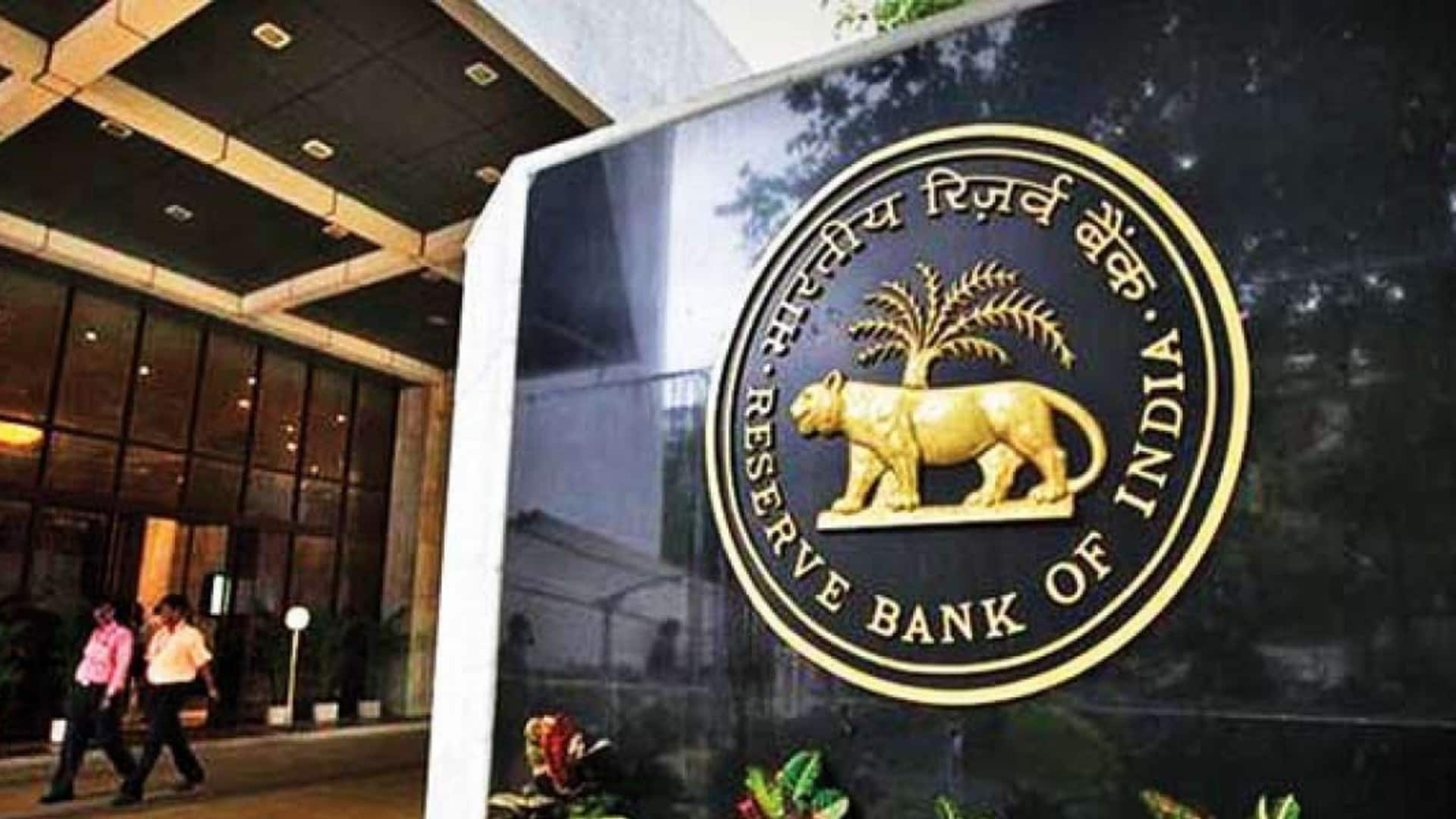
RBI may lower rates in future despite 4% inflation target
What's the story
The Monetary Policy Committee (MPC) has reaffirmed its commitment to a 4% retail inflation target, as inflation has returned to the 2%-6% comfort range. However, this doesn't necessarily imply that interest rates will remain higher for longer, according to MPC external members Jayanth Varma and Ashima Goyal. Over the past year, India's inflation exceeded the MPC's 6% upper limit in five out of 12 months but remained within the acceptable range during the remaining seven months.
Details
Shift in focus to target level
Varma clarified that the MPC's primary objective in previous quarters was to bring inflation back within the acceptable range. Now that this has been achieved, the focus has shifted to reaching the 4% target. He emphasized that there is no confusion regarding the ultimate inflation goal. Goyal also stressed that decisions will be based on data and that core inflation is easing toward 4% despite ongoing supply disruptions.
What Next?
Real interest rate of around 1%
Varma proposed that a real interest rate of approximately 1%, calculated by adjusting the policy rate for inflation, would help achieve the inflation target sustainably. As projected inflation decreases, the nominal repo rate in line with the 1% real rate will also drop. He explained that the key factor is how inflation projections for 3-4 quarters ahead develop in the upcoming quarters, and that the MPC's patience is primarily due to concerns about the fragility of economic growth.
Insights
Declining household savings and rising leverage
Last month, data from the Reserve Bank of India (RBI) revealed that net financial savings for Indian households dropped to a 50-year low of 5.1% of GDP as leverage increased. Goyal recommended considering measures such as higher capital requirements for rapidly expanding loan categories to curb excessive enthusiasm and prevent a crash.
Insights
Balancing growth and stability in India
While household leverage in India is relatively low and must rise gradually, Goyal stressed the importance of countercyclical prudential policies to maintain financial stability and support growth. Varma added that it is essential for policymakers to ensure robust economic growth to enable households to repay their debt from rising incomes. However, he cautioned that without adequate growth, the increased debt could become burdensome in the future.